messages in stone
In my studies in history, no topic has engaged me like the use of stone to record our human endeavors. I have made a small study of the rune stones of Scandinavia, the stelae of Mesoamerica, and the petroglyphs of North America.
The majority of Scandinavian rune stones are found in Sweden (2,900 in Sweden, compared with 300 in Denmark, 50 in Norway and 33 on the Isle of Man).
These stones are upright or horizontal, frequently taller than two meters and marked by rune carvers with runes and various images. Rune stones are found scattered across the countryside and are mostly memorials, providing records of family relationships and history, community happenings and property ownership.
The majority of rune stones were made in the eleventh century, coinciding with the gradual conversion of the people of Scandinavia from pagan beliefs to Christianity. The transition took years, a merging of doctrine and practice from the two religions. The majority of rune stones show some religious symbolism, usually a blending of pagan and Christian ideas.
In the yard of an old church at Sigtuna, Uppland, is a rune stone once part of the Dominican cloister foundation.
The stone was raised by a guild of merchants to honor one of their members. The rune stone is carved with a ribbon of runes enclosing a simple pattée cross. The facimile (below) of the carvings on the rune stone is taken from:
http://www.ludd.luth.se/~frazze/history/mirror/viking_age/runes/nytt/rune_stone_index.shtml
The Dominicans are a Christian Order of mendicant monks founded in the early thirteenth century. The monks are also called “black friars” because of their black cloaks.
The chant in the poem below is based on the Order for Compline in the Anglican Book of Common Prayer.
they too were brothers
(rune stone at the Dominican cloister, Sigtuna)
~
Frisa gildaR letu ræisa stæin Þennsa æftiR Þor [kil, gild] a sinn.
The Frisian guild brothers let raise this stone after Torkel, their guild brother.
– inscription on the rune stone at the cloister
~
~
solemn
we, black friars, stride
stone to stone
the measured step
of Compline
~
lighten our darkness
protect us
from perils of night
~
beside the singular stone
our voices waver
pause on the syllable
explore the octave
and the chant moves on
~
relief of a quiet night
perfect end to imperfect day
fearless expectation
of the grave
~
they too were brothers
to him, Torkel
we, Frisa, raise
this stone
ribbon of runes
cut by Torbjörn
the cross by his blade
~
brighten our darkness
hide us beneath
the shadow of thy wings
~
God bless him and keep him
Guđ hialpi and hans
~
© Jane Tims 2005






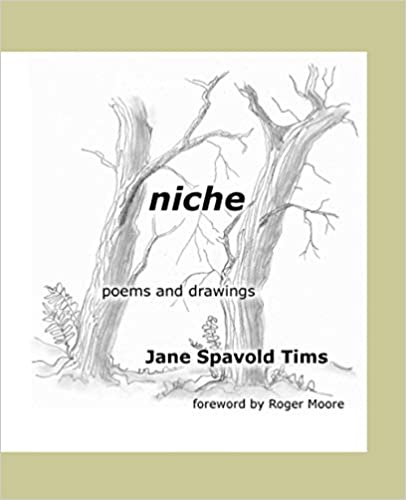

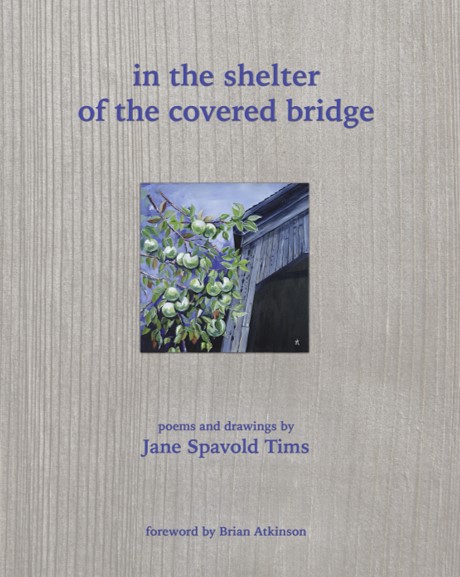
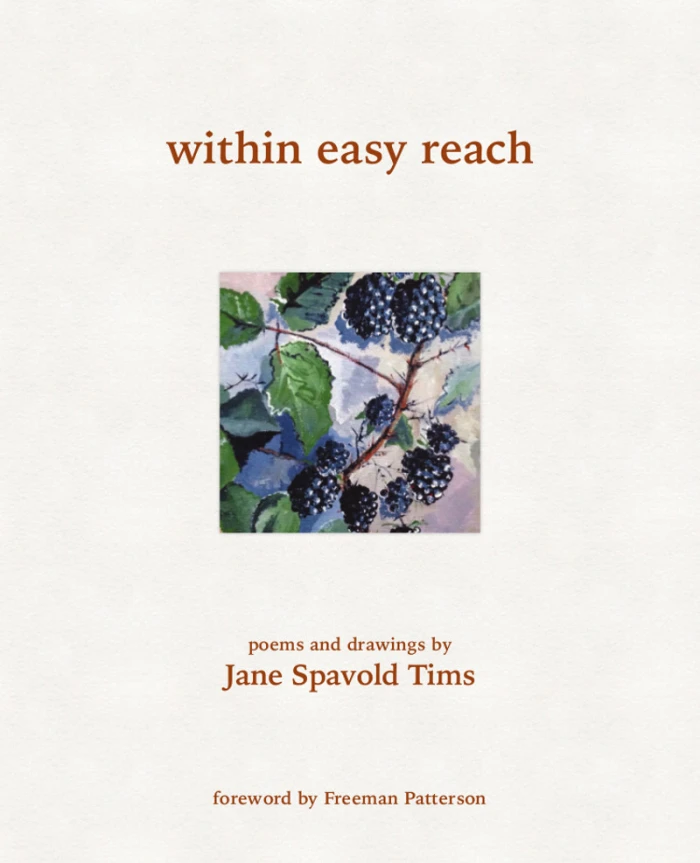
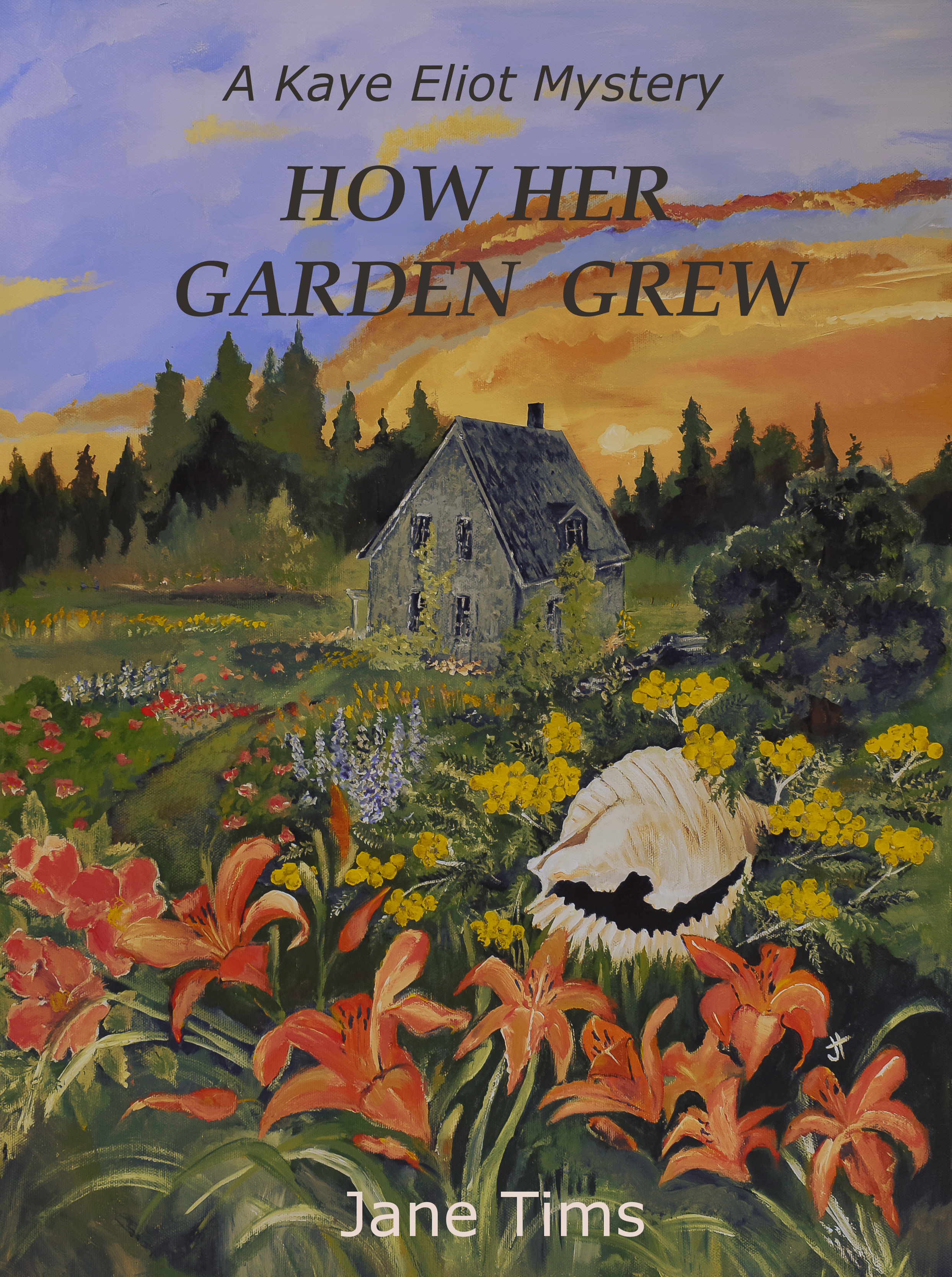






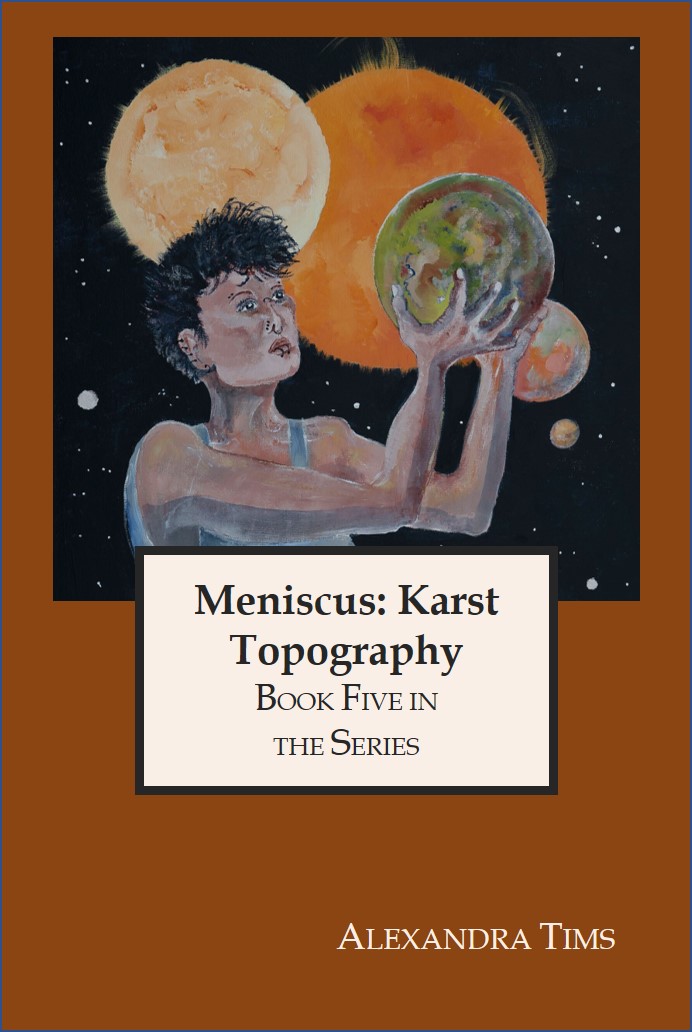





Very interesting Jane. The sketch totally sets the theme up for me in this post … the poem finshes the post up nicely followed with the pic of the cross.
-Denis
LikeLike
JD
October 10, 2011 at 9:48 am
Hi. I should make it clear that the sketch is not mine, but taken from the net, a series of facimiles of the carvings on various rune stones. Jane
LikeLike
jane tims
October 10, 2011 at 6:20 pm
Having studied anthropology and history in my younger days, I enjoyed this post. I’ve always admired how Europe has so many historical monuments blending in with the landscape.
LikeLike
Watching Seasons
September 28, 2011 at 8:22 pm
Hi. ‘Blending with the landscape’ is so right… you forget they are not part of the ‘natural’ landscape. Jane
LikeLike
jane tims
September 29, 2011 at 8:59 am
My father’s parents came to America from Sweden. I learn a lot from your Posts.
LikeLike
Ellen Grace Olinger
September 27, 2011 at 10:06 am
Hi. I’m glad you liked it! Jane
LikeLike
jane tims
September 29, 2011 at 9:05 am
This subject really interests me too – both the merging of religions as you say & also the idea of why certain places in the landscape have been chosen as important places to put these stones & wether there are certain generalisations we can draw from the choices of positioning. I guess I like the idea of how threads of cultures & time & physical space are intertwined.
LikeLike
Sonya Chasey
September 24, 2011 at 3:52 pm
Hi. Thanks for your comment. Jane
LikeLike
jane tims
September 26, 2011 at 8:20 am